
There are few foods more indicative of a place, and amenable to high margins, than food sauces. Sauces are the ultimate example of a profit-making brand of food. They keep for a long time. They can be cheaply made. Secret recipes can give a certain allure. They also cannot be copied easily, so a store-brand reproduction is just not a valid comparison, and doesn’t sell without the labeling.
Sauce brands convey a sort of easy prestige to the user, and are connected to family memories, holidays and the special moments of dining. Unlike other grocery products that demand a wide variety of variations to occupy shelf space, they are able to be single-item brands, and exist in a section of the grocery store that is amenable to odd brands and smaller companies.
HP Sauce was, and is, one of those brands. It was indicative of England, and dated from 1899. HP even stands for …. Houses of Parliament! Yet today, it is made in the Netherlands, making a mockery of the geography of the bottle, which shows the Houses of Parliament. Its parent company is ailing, too, its stock off two-thirds.
To jazz up Britishness, recently, the company put scaffolds on the Houses of Parliament. It got some media attention, and was clever, but its kind of a pig-lipstick sort of thing that is, in the end, an insult of Britain. The perspective is sort of: You Brits should be grateful you are worthy of a joke, you blokes! But we will still make our sauce overseas. Buy some, feel British, and Americans can make the money off of it.
Grocer in Nottingham
The brand was created in 1899 by a grocer in Nottingham, England named Frederick Gibson Garton. The brand for years was owned by the Midlands Vinegar Company, and later owners included Smedley HP Foods Ltd., Imperial Tobacco and the French company Groupe Danone SA. Danone bought the company in 1988 for £199 million. In 2005, Heinz purchased the company. The sale mysteriously passed British government review; is it really good competition to have the largest maker of sauces buy another? The £440 million acquisition closed in 2006, and is now part of the merged, and highly wealth destroying company that is KraftHeinz.
After the Heinz purchase, they were quick to remove any British-ness from the product; in May 2006, Heinz announced plans to switch production of HP Sauce from Aston to its the Netherlands. Lame campaigns for HP to “Save the Proper British Cafe” only accentuated the disconnect.
KraftHeinz Stock Price Drips
KraftHeinz is now in a bad space. Its stock price, currently just over $31, has tanked from almost $90 in February of 2017. They are writing down the value of many of their brands. The reality? They own so many of them, and are so focused on their own belief systems, that they are not looking after the brand value long term. This February they wrote down the value of brands by an astonishing $15 Billion! Billion!
Four years ago, the lefty paper Guardian wrote about the decline in British “brown sauce” sales. Somehow it was a good thing, as the sauces were somehow a middle class thing, and sort of racist. They even said the insipid:
“Just as in the age of empire we ignored or abused indigenous peoples, so too their ingredients.”
Of course marketing people read this sort of tripe in the papers. And get defensive. And start trying to be woke. And all is lost with the brand..
What the marketers of HP need to do is to travel to Jamaica, and see Naomi Campbell’s favorite concoction, Pickapeppa Sauce. Still made in its original factory, it is a product that celebrates the place that it is from. Here is the detail from the foodie visit to the factory from the Jamaica Observer:
“Established in 1921, the factory, still in its original location, is steeped in history. As we stepped through the door we were surrounded by a sense of how important it is to hold on to these gems and to learn the stories and honour the great minds behind these incredible Jamaican brands. Ultimately, they reveal to us aspects of ourselves and of our history that we may not be aware of and they give us something to be proud of. And so it is no surprise that our visit to the Pickapeppa factory impacted us so greatly.”
And how about this:
“Everything about the Pickapeppa brand is evidence that tradition can indeed be carried forward in this technological age and that not all systems need be automated because technology simply cannot replace the human element.”
Get the picture?
Move the production back to the U.K. Re-British-ize it. Make it a post-Brexit poster child, not of politics, but of practical, future thinking. Train some inner city Birmingham British chefs with the Prince of Wales’s groups. Set up food tours and a restaurant. Make the factory the star, and the people of the region the ambassadors. Sell the diversity of the ingredients. Get Her Majesty to visit the new factory before she stops visiting factories. Put it on the tourist map. And sell some gift sets and some vintage bottles. All the while you are making sure it is available in restaurants across the Commonwealth and former colonies, to connect with fans around the world.
It’s time to bring HP back.

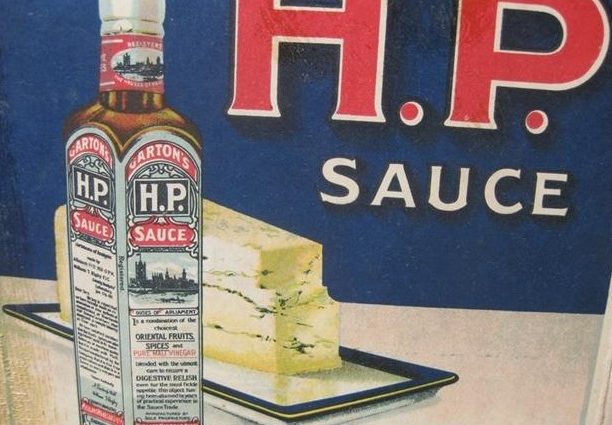

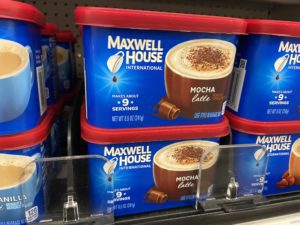

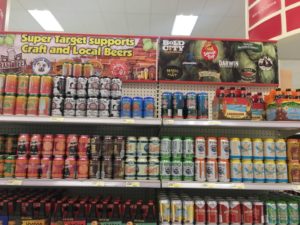
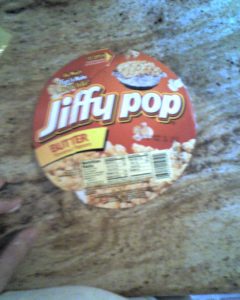
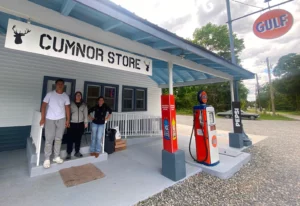
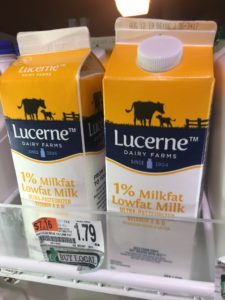
As the Author of HP Sauce My Ancestors’ Legacy the history 1874-2013 of this British iconic food brand I couldn’t agree more.
Nigel. Wow. So glad to have you comment. And wish they would move it all back. Why does everything good have to get ruined!